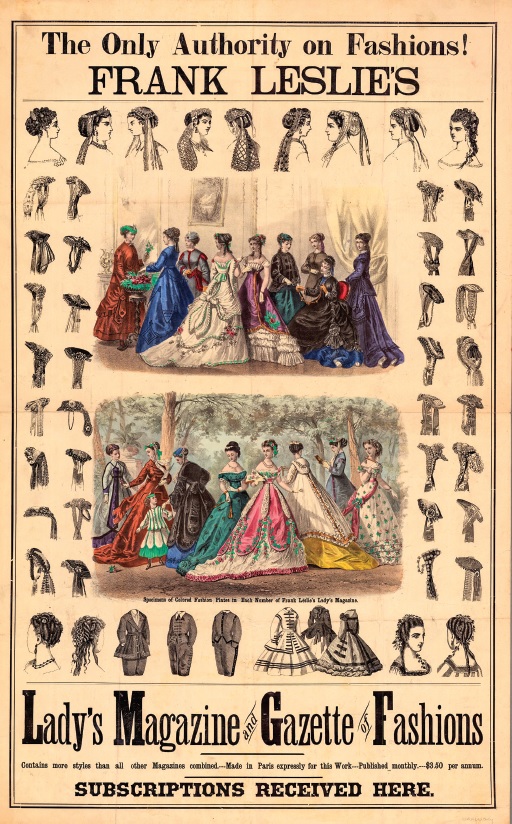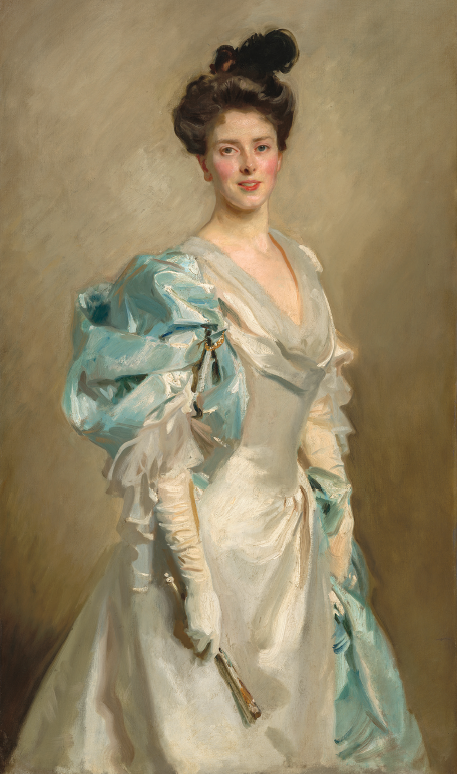The Art of Science—Versailles at the Science Museum, London
Have you ever wondered how it would feel to witness the grandeur and opulence of the 18th-century French court? Then you might want to go to London.
Edoardo Cesarino 19 December 2024
17 August 2023 min Read
Dressing Up, The Women Who Influenced French Fashion is a 2021 book written by art historian Elizabeth L. Block. She is the Senior Editor in the Publications and Editorial Department at The Metropolitan Museum of Art in New York. This book, published by The MIT Press, is one of her most recent research pieces about late 19th-century French fashion. In fact, the book thoroughly examines the commercial relationships between American high society and the Parisian houses of fashion. How did the first affect the latter? How did the royal style of French fashion become a trend in the US? These and much more are the issues of the nine chapters of the beautiful book that is Dressing Up, The Women Who Influenced French Fashion.
Dressing Up, The Women Who Influenced French Fashion is not a book about who inspired the French couturiers of the late 19th century; it is rather an analysis of how the American clientele influenced French fashion in commercial terms. During that time, American high society was an active part of the design and sales system of French fashion. American women had the funds not only to buy the most expensive outfits and artistic accessories. In fact, they could separate the fine garments, the sewing methods, and all the technical sides of the construction of a dress. Thus, they were willing to spend not only to buy clothes but also to travel to Paris, even twice a year, something that was very expensive in that era.
Besides, dressing like a monarch complimented the overall attitude of the Americans of the 19th century. Their buildings were inspired by French monarchial architecture, their interior design, and even their way of living. Thus, dressing up like a 19th-century monarch was only one side of the trend.

Charles Frederick Worth, Ensemble, 1862-1865, The Metropolitan Museum of Art, New York, NY, USA. Dressing Up, The Women Who Influenced Fashion, Elizabeth Block, 2021, The MIT Press, p. 20.
Therefore, Dressing Up is not just about how a couturier was a mastermind that controlled all aspects of their brand. But rather, it is about the French-US relations regarding the fashion industry and culture. The only reason why this publication focuses on women’s fashion is not to underline female consumerism. It is because men’s attire was another whole business by itself, and it could not fit in one single publication.
According to the first part of the book, by the 1880s, Parisian couture had become a transnational industry. The State saw how profitable fashion was, so it transformed the laws in order to help the industry flourish even more. And it worked. Rich women from all the major cities of the US traveled to Paris more than once a year to see all the latest designs. After that, journalists wrote about them and how they wore the new designs and garments. Actually, they were some sort of influencers of their time.

Advertisement for Frank Leslie’s Lady’s Magazine and Gazette of Fashions, 1870, American Antiquarian Society. Dressing Up, The Women Who Influenced French Fashion, Elizabeth Block, 2021, The MIT Press, p. 28.
An important detail is that all these American women had their portraits done wearing only French couture. Thus, we learn all about portraits by artists such as John Singer Sargent, and Carolus-Duran, who were the best of their time, and how they portrayed the American elite wearing French couture. It is not easy to track the fashion designer in their portraits, as their identities have been lost. However, it is easy to find most of the designs by the House of Worth, another designer house known for its popular red velvet gown, worn by Edith Kingdon Gould, an actress turned socialite, in her portrait by Théobald Chartran.

John Singer Sargent, Mary Crowninshield Endicott Chamberlain, 1902, National Gallery of Art, Washington, DC, USA. Dressing Up, The Women Who Influenced French Fashion, Elizabeth Block, 2021, The MIT Press, p. 59.
The second part of the book examines various aspects of the Parisian couture. Fashion was not only about fancy dresses and small purses. It was also about coiffure and perfumes. The author, Elizabeth Bloch, treats coiffure not just as an accessory of the time. But, rather, as it really was: an important aspect of the fashion industry. The coiffure had the power to truly elevate a look or make it different. The same goes for perfumes. There were milliners too, who worked closely with the rest, especially the hairdressers.
The book explores the trading relationships between the hairdressers, milliners, and perfumers of the time, as they all had to work in order to complement the fabrics of the dress. In many cases, one did not consider the other’s job. For example, a hairdresser would create a beautiful and complex hairstyle, without considering that the milliner had to put a hat on it. Thus, they competed with each other, even though their jobs were interdependent. All these aspects show how the fashion engine worked.

Bonnet, French, 1883, The Metropolitan Museum of Art, New York, NY, USA. Dressing Up, The Women Who Influenced French Fashion, Elizabeth Block, 2021, The MIT Press, p. 39.
The third part dives into the US market. In 1890, 71% of the US wealth belonged only to 9% of the people, which spread not only in New York, but also in Newport, Washington DC, Chicago, and Philadelphia too, as well as on the West Coast. The wealthy women of these societies traveled not only to Paris but also to the center of their cities to find the perfect garments and dresses. We learn all about Maison Félix and its US clients, helping us understand how a French fashion house worked in the American market. This house appears in many chapters of the book, as it was one of the most important contributors to the fashion relationships between the two continents.

Maison Félix, Opera Gown, ca. 1887, Fashion Institute of Design and Merchandising Museum, Los Angeles, CA, USA. Dressing Up, The Women Who Influenced French Fashion, Elizabeth Block, 2021, The MIT Press, p. 120.
Dressing Up, The Women Who Influenced French Fashion also investigates the US government’s tariffs on the imports of French fashion items, which is a major topic in our subject. The US Government realized that importing French goods could affect domestic sales. Thus, it imposed tariffs on imports. The two most known tariffs were the Tariff of 1890 (the McKinley Tariff) and the Tariff of 1897 (the Dingley Tariff) which affected the inflow of high-end couture.
Last but not least, the book also puts under the radar the phenomena of smuggling and copying French designs. The middle classes could not afford haute couture but were dying to wear such designs. Thus, a new market emerged, which sold unauthorized copies in secondary stores. This is how knockoff and ready-to-wear fashion was born in the US. Gradually, department stores started selling all these knockoff designs, as they were much cheaper and accessible to more people.

US or Europe, Dress, 1881-1884, The Metropolitan Museum of Art, New York, NY, USA. Dressing Up, The Women Who Influenced Fashion, Elizabeth Block, 2021, The MIT Press, p. 202.
Dressing Up, The Women Who Influenced French Fashion is a very detailed research book on how the American market affected all aspects of French couture in the 19th century. The sections of the book are curated thematically, which makes it much easier to understand what was going on and to comprehend in-depth the relationship between the two countries. Elizabeth L. Block did an excellent job. The book is a must-read for anyone who loves fashion and wants to understand more about its history and how it affected more aspects than just design. Besides, fashion is not just clothes. It is a way of living and a way to say who we are without having to speak.
Make sure to get your own copy of Dressing Up. The Women Who Influenced French Fashion on the publisher’s website!
DailyArt Magazine needs your support. Every contribution, however big or small, is very valuable for our future. Thanks to it, we will be able to sustain and grow the Magazine. Thank you for your help!